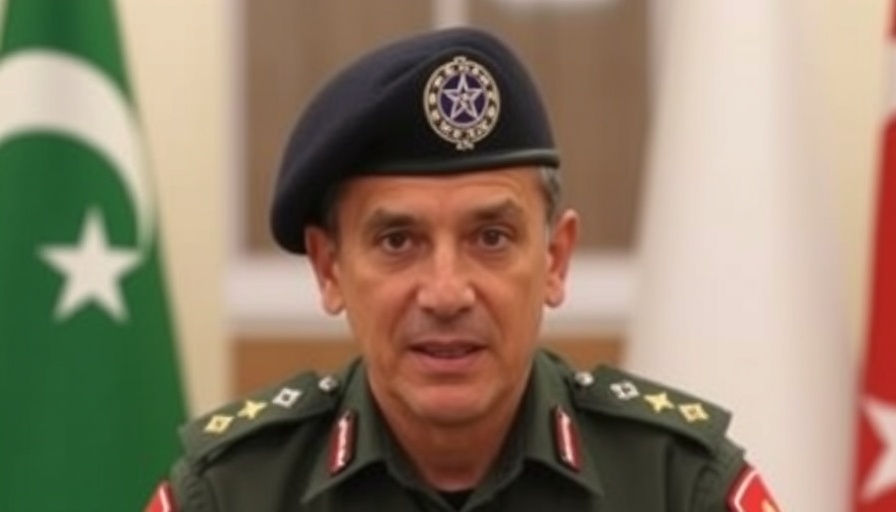
Understanding the Recent IDF Social Media Expansion
In a significant step to enhance its communication strategies, the Israel Defense Forces (IDF) launched Turkish-language social media platforms last week. This initiative marks the IDF's commitment to reaching out to diverse audiences and is part of a broader trend of military organizations utilizing social media for public relations and information dissemination.
Why Turkish? The Geopolitical Context
The decision to create Turkish-language accounts is largely influenced by recent geopolitical developments. With Turkey being a nation of strategic interest to Israel, understanding this move offers insights into the current diplomatic climate. The IDF aims to provide real-time updates and reliable news regarding military developments, helping to mitigate misinformation and foster a narrative aligned with its objectives.
A Rapid Following: Early Engagement Metrics
In just a week, the IDF's Turkish-language account on X (formerly Twitter) amassed nearly 30,000 followers, signifying a strong initial interest. The Telegram channel added another 700 subscribers. This rapid uptake highlights the potential effectiveness of digital outreach in gaining visibility and engagement within specific communities.
Broader Languages and Communication Strategies
The IDF now communicates in seven languages: Hebrew, English, Arabic, French, Spanish, Persian, and Turkish. The multilingual approach not only diversifies its audience but also enhances the military's capacity to interact with various demographics, showcasing an increasing sophistication in diplomatic and military communication. Incorporating these languages is crucial for fostering understanding and knowledge about military operations among diverse cultural groups, especially in regions where sentiments about Israel may be strained.
Public Reactions and Criticism
Despite the impressive followership, mixed reactions have surfaced regarding the IDF's foray into Turkish social media. Some commentators have critiqued the motivations behind this move, questioning whether it is a sincere effort to engage or merely a strategic maneuver amid heightened tensions. Furthermore, previous controversies concerning the IDF's spokesperson Arye Shalicar, a figure linked to contentious narratives, have raised eyebrows.
Turkey-Israel Relations: Historical Context
The relationship between Turkey and Israel has been tumultuous, highlighted by periods of cooperation and conflict. This recent expansion into Turkish social media underlines Israel's intent to re-establish stronger communications with Turkish citizens at a time when traditional channels may be strained due to political and military confrontations. Understanding this backdrop is essential for interpreting the implications of the IDF's messaging efforts.
How This Affects Public Perception and Policy
The establishment of Turkish social media accounts by the IDF may lead to shifts in public perception regarding Israel within Turkey. As misinformation is a prevalent issue, particularly in the current political climate, the IDF’s presence online could counteract negative narratives and instill a sense of transparency and trust. The effectiveness of this strategy, however, will depend on how content is received and perceived by Turkish users.
Looking Ahead: Social Media as a Tool for Diplomacy
As we move forward, the use of social media platforms like X and Telegram by military organizations is likely to become more pronounced. This engagement not only serves immediate strategic goals but also plants seeds for longer-term diplomatic relationships. In an era where instantaneous communication shapes public opinion and national discourse, how such initiatives are received will be pivotal in determining their success.
Through its Turkish outreach, the IDF is not merely expanding its audience but actively re-defining interactions within the realm of modern diplomacy and military engagement. As this unfolds, other military and governmental entities may look to adopt similar strategies to enhance their outreach and influence.
Take Action!
If you're interested in further exploring how brands can effectively communicate through social media channels, book your Brand Voice interview now! Learn how to harmonize your messaging with your audience’s values.
 Add Row
Add Row  Add
Add 




Write A Comment